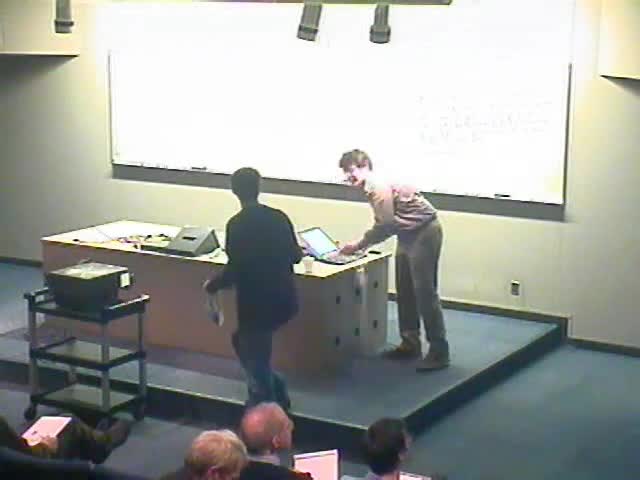Electron Tomography - A Short Overview of Methods and Challenges
Presenter
January 12, 2006
Keywords:
- Electron optics
MSC:
- 78A15
Abstract
Already in 1968 one recognized that the transmission electron
microscope could be used in a tomographic setting as a tool for
structure determination of macromolecules. However, its usage in
mainstream structural biology has been limited and the reason is mostly
due to the incomplete data problems that leads to severe ill-posedness
of the inverse problem. Despite these problems its importance is
beginning to increase, especially in drug discovery.
In order to understand the difficulties of electron tomography one
needs to properly formulate the forward problem that models the
measured intensity in the microscope. The electron-specimen interaction
is modelled as a diffraction tomography problem and the picture is
completed by adding a description of the optical system of the
transmission electron microscope. For weakly scattering specimens one
can further simplify the forward model by employing the first order
Born approximation which enables us to explicitly express the forward
operator in terms of the propagation operator from diffraction
tomography acting on the specimen convolved with a point spread
function, derived from the optics in the microscope. We next turn to
the algorithmic and mathematical difficulties that one faces in dealing
with the resulting inverse problem, especially the incomplete data
problems that leads to severe ill-posedness. Even though we briefly
mention single particle methods, our focus is will be on electron
tomography of general weakly scattering specimens and we mention some
of the progress that has been made in the field. Finally, if time
permits, we provide some examples of reconstructions from electron
tomography and demonstrate some of the biological interpretations that
one can make.
